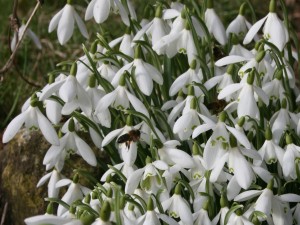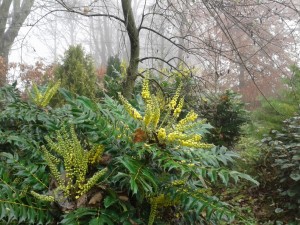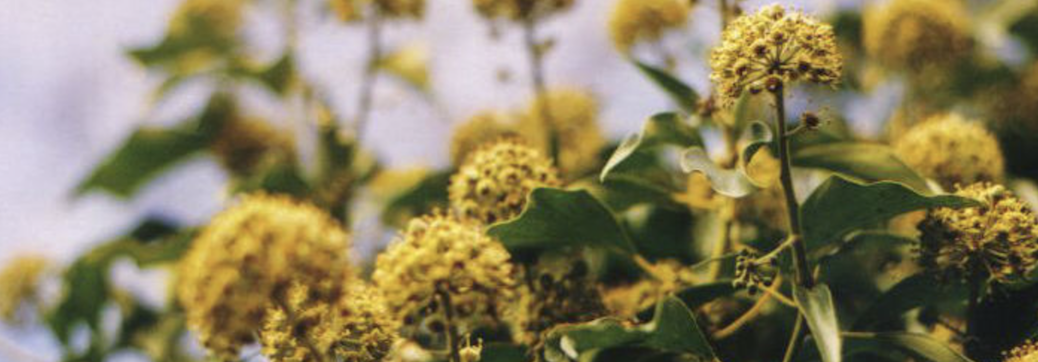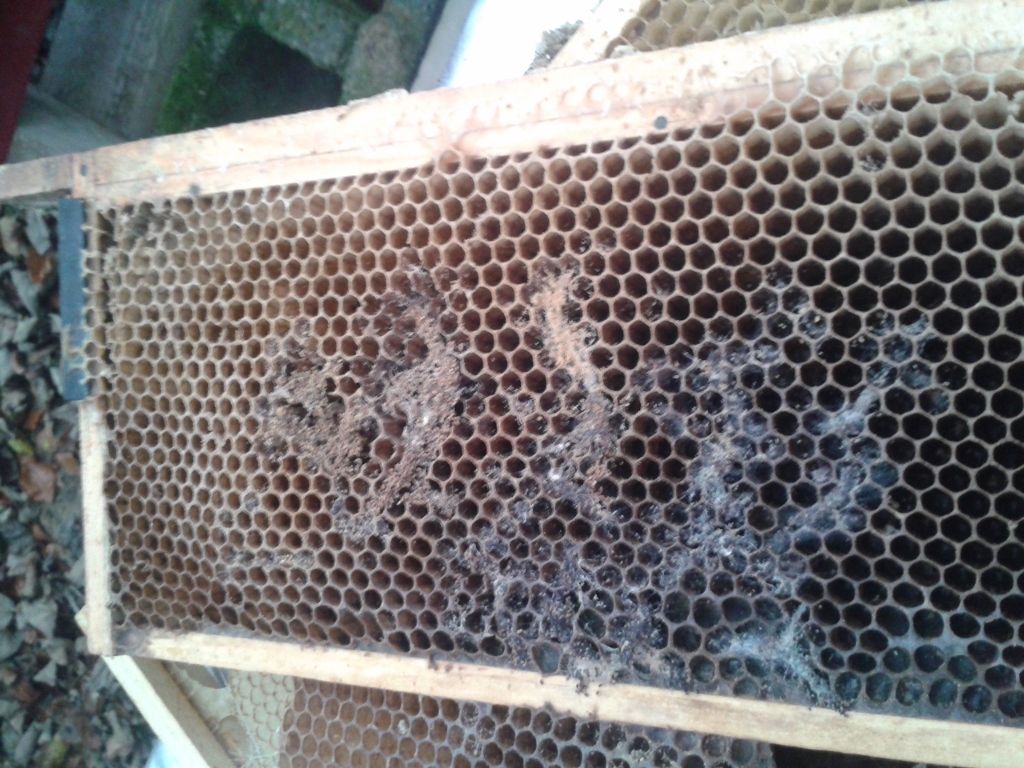It is the last day of the old year and the first snowdrops of the new year are showing through thanks to the wind and the rain.
Tag Archives: Wintering
Snowdrops
Early spring bulbs are beginning to show in sheltered places. The first flower for the bees is usually the snowdrop. There are many species but the native in these parts is Gallanthus nivalis – coming into bloom perhaps as early as December but more commonly from January through to March. While not an important crop, the bees will visit snowdrops any mild or sunny day for a little nectar and of course pollen which is good for the bees but also cheering for the beekeeper to watch. Pollen loads are orange.
Copyright © Beespoke.info, 2014. All Rights Reserved.
Do Bees need Insulation?
Personally I don’t think there is any need to insulate the roof spaces even if you are using mesh floors. And even if it turns colder.
I only did it one year – my first year with bees – I cut up one of those tin-foil survival blankets and put a piece over the crown board of each hive; it did no harm anyway. Since then we’ve had two very severe winters with temperatures below minus 12 degrees C at night for several weeks at a stretch and I lost hardly any bees. Bees are well able to thermoregulate so long as they have the stores – with or without mesh floors. Keep an eye on them and heft regularly. Try not to disturb them but if they seem to be close to the top of their stores put a cake of fondant over them.
If you make your own equipment it is possible to construct a hive stand which provides the hives with a 10cm deep ‘skirt’ which will prevent a lot of drafts.
Copyright © Beespoke.info, 2014. All Rights Reserved.
Bees and Mahonia
Rather a murky late winter’s day, 8 degrees C and misty with it. Despite that, the bees were flying quite strongly at around noon when I took this photo.
This is Mahonia, a very tough flowering shrub which the bees love. Some Mahonias are scented but this one isn’t – I think its full name is Mahonia x media ‘Charity’. Mahonias like this one come from North America originally but are now well established in parks and gardens everywhere – which is good for the bees. It is sometimes known as Oregon grape as the fruits look like grapes, being dark blue with an attractive bloom like sloes, or grapes – not edible though I think.
The bees don’t get a crop from it – obviously – but it really seems to cheer them up in the winter. It cheers me up too. It flowers from mid-November though to mid-January and whenever the temperature climbs sufficiently they will venture out and forage for a little fresh pollen or nectar.
Mahonias need to be cut back regularly in the spring after flowering to keep them from getting too leggy. You can be quite savage with them as they are very tough but aim to take about 25-30% of the stems down per year. The bits you cut off can be stuck in the ground and about 30% of them will root.
Click here for Bee Trees – Hawthorn
Click here for Bee Trees – Hazel
Click here for Bee Trees – Ivy
Click here for Bee Trees – Horse Chestnut
Click here for Bee Trees – Sycamore
Click here for Bee Trees – Willow
Click here for Bee Trees – Lime
Click here for Bee Trees – Poplar
Copyright © Beespoke.info, 2014. All Rights Reserved.
Things to do in November
So the clocks have gone back and the nights are drawing in; the bees are all stocked up and strapped down ready for whatever winter will bring. What is left for the beekeeper to do? Maintenance that’s what: –
- Supers and honey frames should be scraped clean and stored wet to scupper wax moths, stack them on a floor with a queen excluder on it to keep the rats out, put a couple of sheets of newspaper between supers and top with another queen excluder and a roof or a sheet of plywood. The newspaper stops any moths, or caterpillars making their way from super to super. Make the stacks as airtight as possible so the honey won’t draw in water or your supers will be dripping by spring. Last year I wrapped the stacks with clingfilm and that worked a treat. If possible start your stacks in the middle of the floor so you can walk all the way round that way you’ll know if there are vermin at work – a rat can chew right through a super;
- Get a cat or a better still a couple of kittens – they cost nuppence ha’penny to feed, they’re a joy to watch and the vermin hate them;
- If you have somewhere light and airy and cold to stack them, so much the better – wax moths are creatures of the dark – light unnerves them;
- Empty boxes need to be scraped clean and given a light going over with the blow torch. Unless you went for polystyrene…;
- Brood frames also need to be scraped clean of wax and propolis; old frames with black wax or gaping holes should be stripped down – don’t re-wax till you need them though or the wax will go all hard and the bees won’t work it properly they’ll just draw out weird abstract works with wings and flaps – but you already know that! If your shed is like mine, empty frames can be stored out of the way in between the rafters;
- Frames can be fumigated using acetic acid – click here for how to do that;
- Spare gear that’s unoccupied needs to be looked over and repairs made where necessary;
- All the wax scrapings should be put aside for rendering later;
- If you’re into propolis – it will chip off best when the weather gets really cold;
- Think about candle making – I am;
- Think about next year, make plans and write them down before you forget about it;
- Improve your bees! Go through your Colony Assessments and do your Colony Appraisals so you know which queens to breed from next year and which to use for your drone rearers;
- Make new gear;
- Order a book for the winter;
- Don’t forget to check your bees after high winds;
- My bees are still working the last of the ivy here so the queen will be laying away albeit slowly – you need to be aware of that if you are thinking of treating with oxalic acid in the deep midwinter – you’ll need at least 3 weeks after the ivy has finished for all that to hatch out otherwise you are wasting your time.
I’m off out to my shed now.
Click here for Winter Oxalic Acid Varroa Treatment
Click here for Acetic Acid Fumigation
Click here for How to Improve your Bees
Click here for Colony Assessment
Click here for Colony Appraisals
Copyright © Beespoke.info, 2014. All Rights Reserved.
Ivy Honey
Winter is coming but when the temperatures is up – 14 degrees C or so – the bees will continue to work the ivy (Hedera helix) especially in sunny intervals. It flowers between September and November – even December in a very mild year. They can take quite a crop from the ivy and it is great fodder for the winter. You will know if your bees are working it because there will be lots of yellow pollen going in which will give the bees a great boost Click here for a pollen load picture or click the photo below for a close up. Standing by the hives the reek of the ivy honey can be very strong. Continue reading Ivy Honey






